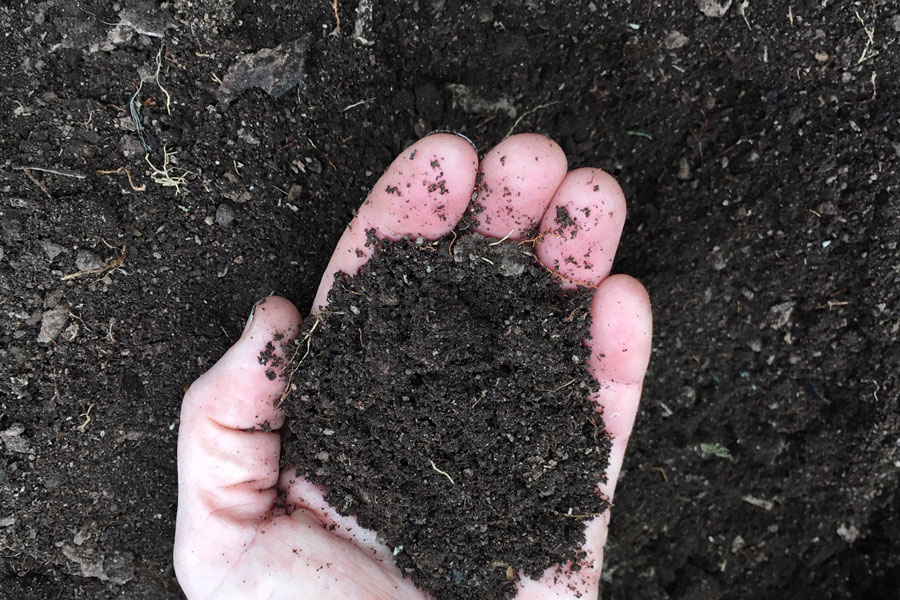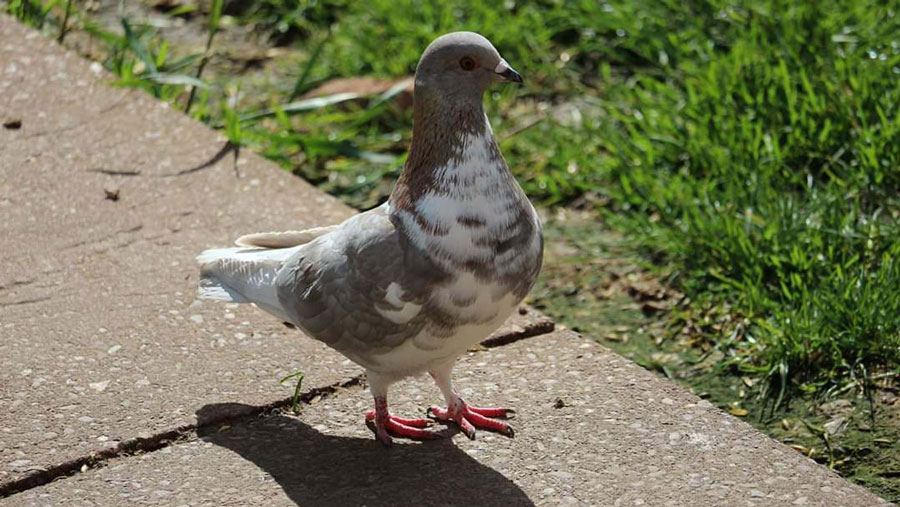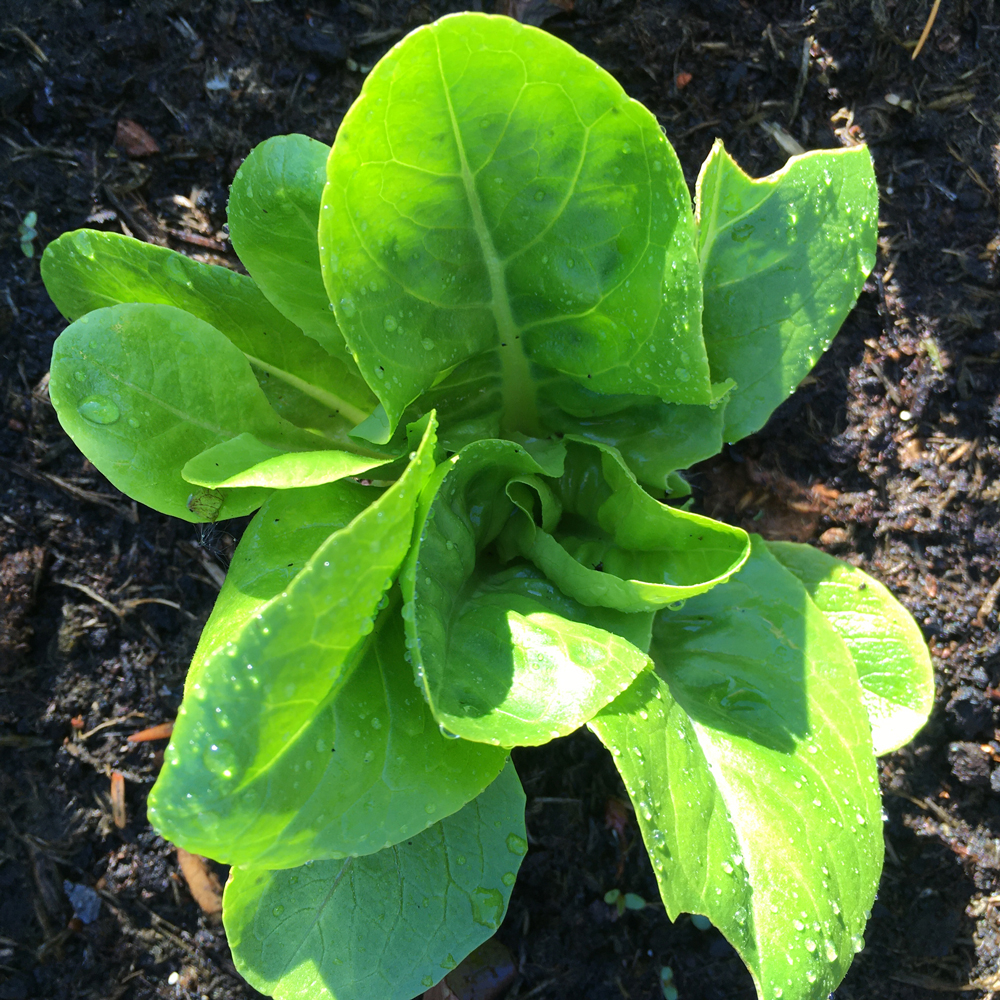Here are our suggestions for growing more veggies per square metre, keeping plants healthier and minimising pests and disease.

Nurture the Soil
This is undoubtedly the best thing you can do in your plot. Healthy soil leads to healthier plants which can better resist pest and disease. So, if you do only one thing differently in your plot this year, nurturing the soil would be our suggestion. It will do wonders for nutrient levels, soil structure and composition.
It is easily done by adding plenty of organic matter (ideally organic compost or well rotted cow manure.) This can be done either by digging it in, or using the no-dig method and simply applying as a thick mulch on top of the beds. The latter no-dig method mimics nature well and leaves the soil undisturbed, which is great for worms and other soil dwellers.

Know your pests
If you’re reasonably new to gardening, then it is well worth observing your plot, even now, and chatting to neighbours to get to know which potential pests you might be dealing with. Some growers are lucky and don’t have many pigeons to contend with, others have an easy time with rabbits – if you know what you are likely to be dealing with, then you can make sure you protect your plants adequately from the day you plant them.
A low chicken wire fence is usually sufficient to protect crops from rabbits, insect-proof mesh netting is an excellent defence against pigeons and cabbage white butterflies, beer traps can help keep slugs away from newly planted crops. (You’ll find full information on pest control in the growing guide that you receive with our plants)

Plant quick growers between slow rows
Many veggies that you plant in spring won’t reach maturity until late autumn – they take a while to grow. Others grow quickly, within a few weeks. One trick is to plant the quick growers in between rows of slower growers – by the time the slow growers start to get too big, the quick growers can be harvested.
Try this: Plant quick growing lettuces, salad leaves, beetroot and spring onions in between slower growers like cabbages, cauliflowers, parsnips and celeriac.

Provide warmth and shelter
Depending on where your site is, it may be helpful to provide plants with a little extra warmth and shelter from strong winds. This can be done in a number of ways.
- Build a mini hoop polytunnel or tunnel cloche to cover entire beds
- Put up a well-positioned fence/screen to bock harsh winds
- Use plastic bottles or individual cloches to cover seedlings when they are young at the start of the season
- Cover plants in exposed sites with a sheet of horticultural fleece
- Interplant taller and shorter crops – taller crops like sweetcorn and climbing beans can provide wind shelter for aubergines, chillies and bush tomatoes.

Food & Water
It seems like an obvious thing to say, but often the main reason plants don’t get off to a strong start is because they don’t have enough water. Equally, when growth is slow later in the year, it is often due to a lack of nutrients. Here’s a process you can follow that should see your plants right through the season:
In early spring (at planting time) – water seedlings daily for the first two weeks while they get their roots down, and then two to three times a week.
In late spring – water well and thoroughly two to three times a week. We’d advise watering in the early morning so that the soil can dry off again by evening and thus prevent too much slug damage.
In summer – water well two to three times a week as above. Feed potted plants every 2 weeks with a liquid feed. Use a fortnightly or weekly feed for fruiting veg plants as soon as flowers start to form, like aubergine, tomato and peppers.
Of course, if it is raining you may be able to skip watering sometimes, but don’t forget the liquid feed! You can use wormcast fertiliser, or comfrey/nettles to make your own feed, or buy an organic liquid feed.

